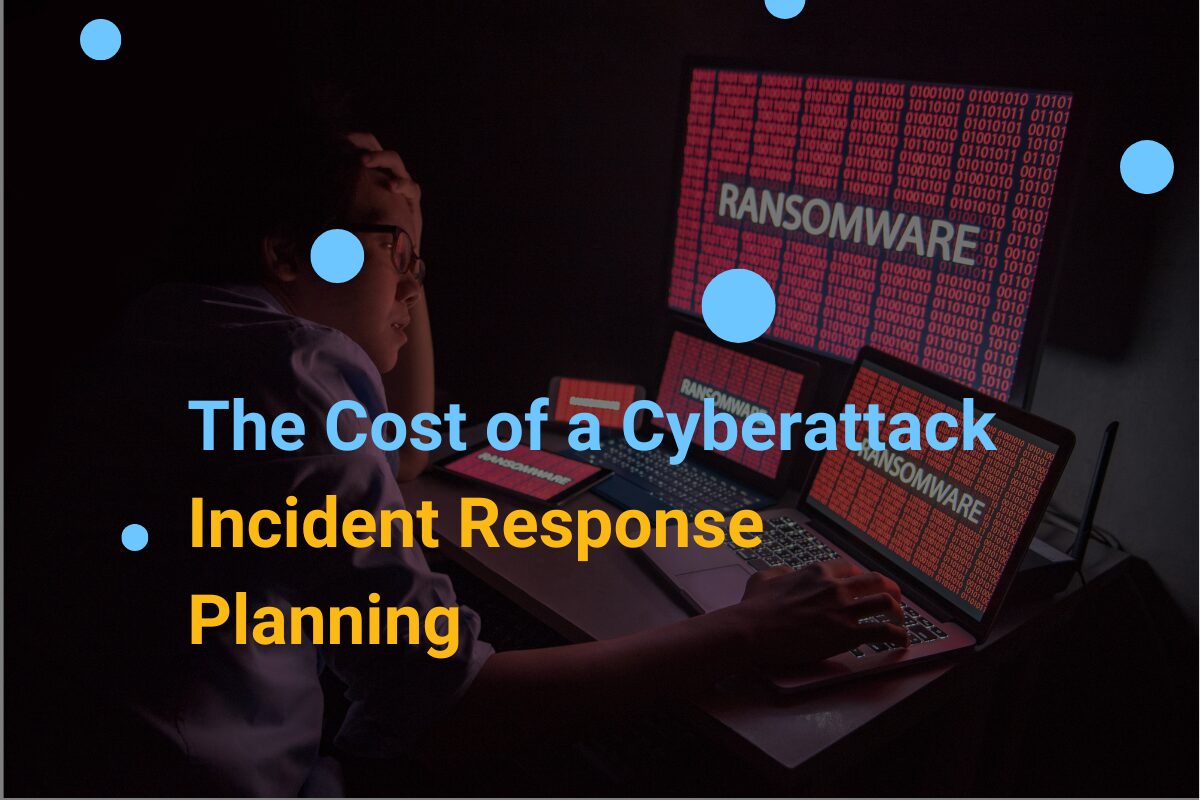Cyberattacks are no longer a “what if” scenario for SaaS providers—they’re a “when.” From ransomware attacks to data breaches, cyber threats can cause millions in financial losses, severe reputational damage, and regulatory penalties.
Yet, many SaaS companies remain unprepared for a major security incident. Without a robust incident response (IR) plan, businesses risk prolonged downtime, non-compliance fines, and loss of customer trust.
In this article, we’ll break down:
✔️ The true cost of a cyberattack
✔️ Why incident response is critical for SaaS providers
✔️ Key components of an effective IR plan
✔️ How to strengthen your response strategy today
The True Cost of a Cyberattack: Beyond the Headlines
Financial Impact
Cyberattacks are expensive—and costs keep rising. According to a recent IBM study, the average data breach costs $4.88 million, with SaaS and cloud-based businesses among the most targeted.
🔹 Direct costs: Ransom payments, legal fees, forensic investigations
🔹 Operational costs: Downtime, lost productivity, disrupted services
🔹 Customer churn: A breach can erode trust, leading to revenue loss
Example: In 2024, a CDK Global suffered a ransomware attack that halted operations for over a week, leading to millions in lost revenue and regulatory fines.
Regulatory Penalties & Legal Consequences
SaaS providers working with regulated industries like healthcare, finance, or government must comply with strict data protection laws such as:
✔️HIPAA (Health Insurance Portability and Accountability Act)
✔️GDPR (General Data Protection Regulation)
✔️SOC 2 & ISO 27001 (Security compliance frameworks)
Reputational Damage & Customer Loss
Customers trust SaaS providers with sensitive data—but a single breach can erode that trust overnight.
🔹 72% of consumers say they would switch providers after a serious data breach
🔹 Publicly traded SaaS companies see an average stock price drop of 7% post-breach
Bottom line? The long-term impact of a cyberattack often outweighs the initial costs.
Why Incident Response is Critical for SaaS Providers
Downtime is a Business Killer
Without a structured incident response plan, SaaS providers can take weeks or months to fully recover from a cyberattack.
A well-tested IR plan helps:
✔️Minimize downtime with rapid containment
✔️Reduce data exposure through immediate action
✔️Ensure compliance with regulatory reporting requirements
A Fast Response Saves Money
Companies that detect and contain breaches within 200 days save an average of $1.12 million compared to those that don’t.
The key? A proactive incident response plan that enables rapid detection, escalation, and remediation.
Key Components of an Effective Incident Response Plan
1. Identify & Assess Threats
A strong IR plan starts with a comprehensive risk assessment to identify:
🔹 Potential attack vectors (e.g., phishing, malware, API vulnerabilities)
🔹 Critical assets (customer databases, authentication systems)
🔹 Compliance risks based on industry regulations
Pro Tip: Conduct regular penetration testing and vulnerability scans (learn more).
2. Establish Clear Response Protocols
When an attack happens, every second counts. Define roles and responsibilities for:
🔸 Detection & Analysis – Security teams must quickly assess the severity of an attack.
🔸 Containment & Eradication – IT teams should isolate affected systems to prevent lateral movement.
🔸 Communication Strategy – Have pre-approved messages for customers, regulators, and stakeholders.
Checklist: Does your team know exactly what to do if an attack occurs? If not, tabletop exercises can help.
3. Implement Automated Threat Detection & Response
Modern SaaS providers leverage:
✔️ AI-driven threat detection for real-time monitoring
✔️ Security automation to rapidly contain attacks
✔️ Zero Trust Architecture to limit internal attack surfaces
4. Continuous Testing & Improvement
An IR plan isn’t “set and forget.” Regular testing and refinement are key.
✔️Tabletop Exercises – Simulate cyberattacks to train teams.
✔️Red Team vs. Blue Team Drills – Test how well your security team can detect & contain threats.
✔️Post-Incident Reviews – Learn from past incidents to improve future response.
How to Strengthen Your Incident Response Strategy Today
🔹 Develop a detailed IR playbook – Define every step of detection, containment, and recovery.
🔹 Train employees regularly – 88% of breaches start with human error—education is key.
🔹 Invest in cybersecurity insurance – Financial protection for legal fees, forensics, and PR efforts.
🔹 Use AI-powered threat detection – Catch and stop attacks before they spread.
Final Thought: In today’s cybersecurity landscape, it’s not about if you’ll be attacked, but when. SaaS providers that prioritize incident response planning can mitigate damage, protect customers, and maintain trust.
Does your SaaS platform have a well-tested incident response plan? If not, now’s the time to build one.
Ready for a Better IT Experience?

